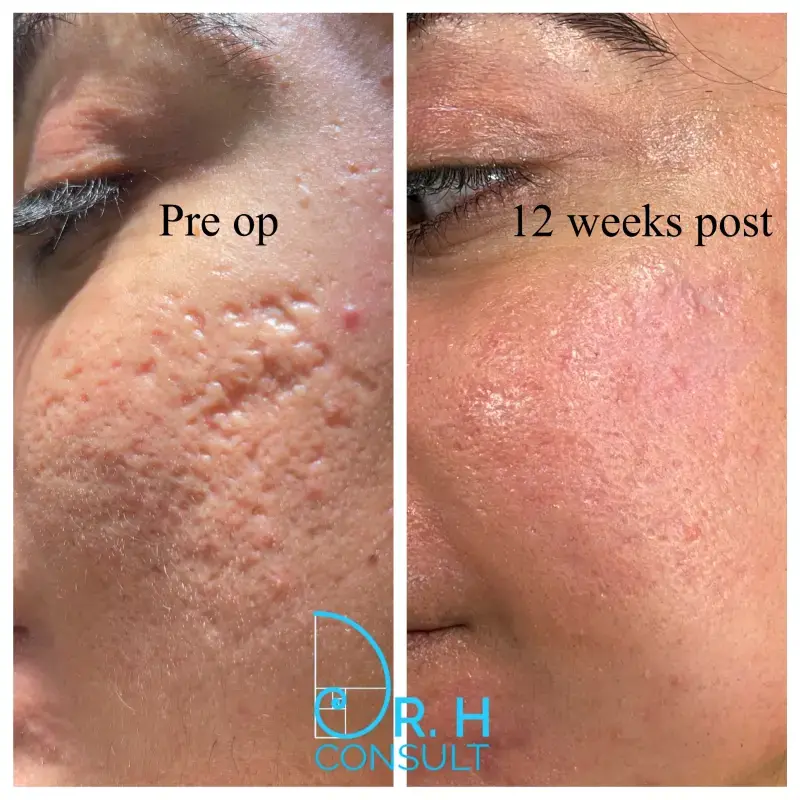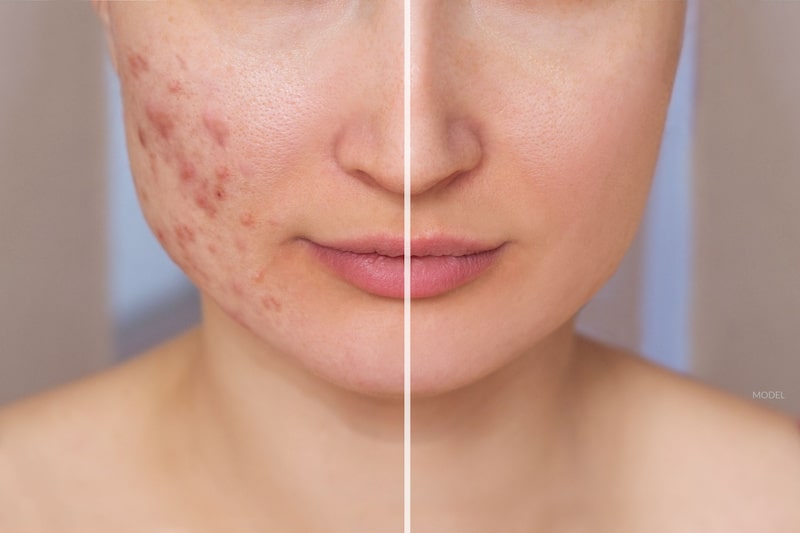Acne and Acne Scars Treatment: Expert Solutions for Lasting Results
Checking Out Skin Problems: Recognizing and Dealing With Acne Scars for Healthier Skin
Acne marks stand for a significant concern for individuals seeking to maintain healthy skin, as they can affect both appearance and self-esteem. Recognizing the various sorts of scars, from atrophic to hypertrophic, is important for figuring out ideal therapy choices. While expert interventions like chemical peels and microneedling can be efficient, the value of customized care plans can not be overstated. Moreover, preventative measures play an important function in reducing future scarring. As we explore these facets, one have to take into consideration exactly how the best approach can lead to transformative results.
Recognizing Acne Marks

The body's all-natural recovery procedure can cause either atrophic scars, which look like anxieties in the skin, or hypertrophic marks, which are elevated and result from overproduction of collagen. Furthermore, the mental toll of acne marks need to not be underestimated; numerous individuals report sensations of shame, anxiousness, and lowered self-esteem. This emotional concern can impact social interactions and general high quality of life.
Attending to acne marks calls for a detailed understanding of their development and influence. Recognition of the possibility for lasting repercussions associated with neglected scars can motivate people to seek appropriate therapies. Early intervention and efficient administration methods can dramatically boost skin look and enhance emotional durability, highlighting the value of comprehending the complexities surrounding acne marks.
Kinds Of Acne Marks
Acne marks can be classified into distinct kinds, each displaying special qualities and requiring specific therapy techniques. acne treatment for sensitive skin. The main types of acne marks include atrophic, hypertrophic, and keloid scars

Hypertrophic scars, on the other hand, are elevated above the skin degree and are the outcome of excessive collagen production throughout the recovery process. They normally continue to be within the boundaries of the original acne sore. Keloid marks are similar however expand past the initial injury website, developing bigger, raised areas that can be excruciating or scratchy.
Understanding these types of scars is necessary for picking appropriate therapy alternatives. Different scars may respond better to particular treatments, such as laser therapies, fillers, or medical treatments, stressing the relevance of a tailored technique to acne mark administration.
Identifying Your Marks
Acne marks generally fall into two groups: hypertrophic and atrophic scars. These can even more be categorized right into ice-pick marks, boxcar scars, and rolling marks, each showing distinctive characteristics and requiring various approaches for assessment.
Hypertrophic scars, on the other hand, are raised and occur because of extreme collagen production during the healing process. Acknowledging the details features of your marks-- such as depth, size, and appearance-- is necessary for appropriate recognition (acne treatment for sensitive skin). Furthermore, think about the distribution of scars across your skin, as this can indicate the severity and duration of the acne problem
Involving with a skin specialist can offer important insights right into the nature of your marks, helping in the distinction in between various types. A thorough understanding of your marks will eventually result in a more customized and efficient treatment strategy, making sure a more clear and healthier complexion.
Therapy Choices Available
Recognizing the certain kind of acne marks present on your skin prepares for discovering efficient treatment options. Usual types of acne marks include atrophic (depressed), hypertrophic (increased), and post-inflammatory erythema.
For atrophic scars, alternatives such as chemical peels, microneedling, and laser resurfacing are commonly used. Chemical peels off utilize acids to eliminate the external layer of skin, promoting brand-new cell growth. Microneedling involves small needles that create micro-injuries, stimulating collagen production. Laser resurfacing targets harmed skin cells, improving structure and tone.
Hypertrophic scars can be treated with corticosteroid injections to flatten the mark or laser treatment to decrease soreness and enhance look. Silicone gel sheets and stress dressings might additionally assist in handling elevated marks.
Furthermore, dermal fillers can temporarily complete anxieties from atrophic scars, while surgical excision may be proper for extreme cases. Each treatment choice has its advantages and considerations, making it necessary to talk to a skin doctor. They acne scars treatment can offer individualized referrals based on the type and seriousness of your scars, along with your skin kind and overall health.
Tips for Prevention
Efficient prevention approaches can significantly reduce the likelihood of developing acne marks. Utilizing non-comedogenic products helps prevent clogged up pores, which can aggravate acne.
Staying clear of need to pop or select acne sores is vital, as this can cause deeper skin damages and boost the danger of scarring. Instead, take into consideration utilizing a cold compress or over-the-counter therapies to decrease swelling and redness.
Sunlight security is another essential element of prevention; ultraviolet (UV) rays can dim scars and prevent the healing procedure. Applying a broad-spectrum sun block with at the very least SPF 30 daily can shield the skin and advertise even recovery.
Lastly, keeping a balanced diet regimen abundant in vitamins, minerals, and antioxidants sustains skin health and recovery. Staying moisturized and managing anxiety levels can likewise play a substantial role in minimizing acne flare-ups. By executing these approaches, individuals can substantially lessen their possibilities of developing acne scars.
Verdict
To conclude, understanding and determining acne marks is important for reliable treatment and accomplishing much healthier skin. Various kinds of acne marks, including atrophic and hypertrophic marks, demand particular treatments customized to individual requirements. Therapy alternatives range from chemical peels and microneedling to corticosteroid injections, highlighting the relevance of seeking advice from a dermatologist. Additionally, embracing a mild skin care regimen and safeguarding the skin from UV exposure can considerably add to the avoidance of more scarring and total skin health.
The body's natural healing procedure can result in either atrophic marks, which show up as anxieties in the skin, or hypertrophic marks, which are elevated and result from overproduction of collagen. They are further divided right into three subtypes: ice pick scars, boxcar marks, and rolling marks. Acne marks normally drop into 2 classifications: atrophic and hypertrophic marks. These can better be classified into ice-pick marks, boxcar marks, and rolling marks, each showing distinctive features and needing different methods for assessment.
Various kinds of acne marks, including atrophic and hypertrophic marks, require particular interventions customized to specific requirements.